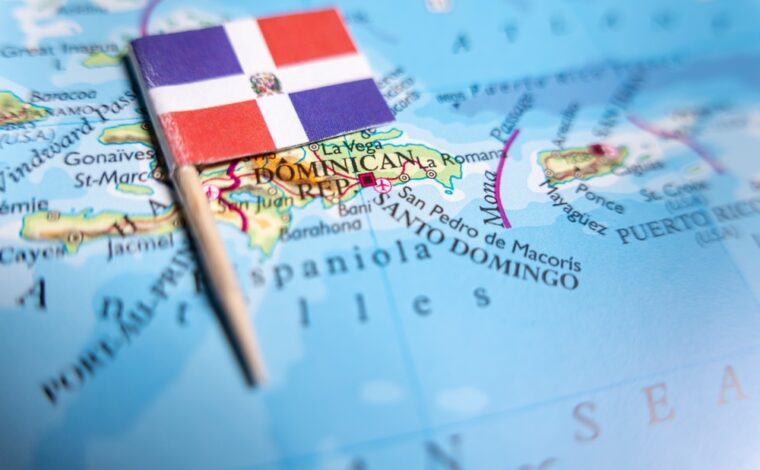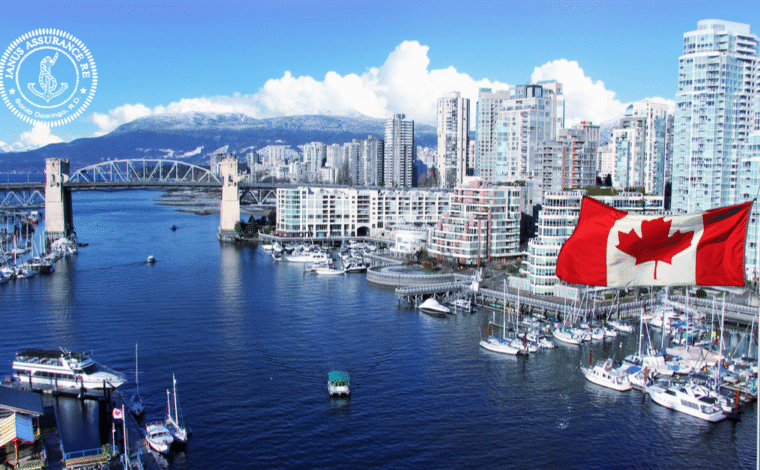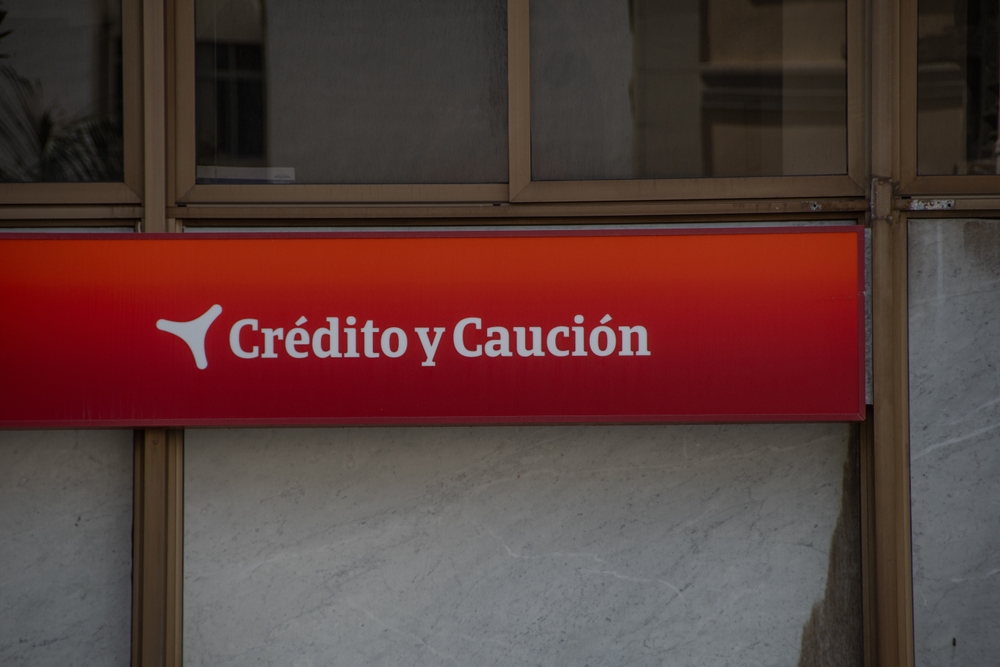The commercial insurance marketplace thrives on a delicate balance between risk, regulation, and capital allocation. Within this ecosystem, surplus lines carriers play a uniquely indispensable role. Unlike their admitted carrier counterparts, surplus lines insurers operate in a space deliberately crafted to address risks that are either too unusual, too volatile, or simply too unappetizing for the standard market to swallow. One might even say that if commercial insurance were a dinner party, surplus lines carriers are the brave guests willing to try the exotic dish that everyone else pushes to the side (Bresnahan, 2020). While such humor may seem lighthearted, the truth is that surplus lines carriers perform critical functions in maintaining the dynamism, adaptability, and completeness of the U.S. insurance industry.
Surplus lines insurance has its roots in the need to cover risks outside the capacity or willingness of admitted insurers. Under U.S. law, admitted insurers must adhere to state regulations, file rates, and submit forms for approval (National Association of Insurance Commissioners [NAIC], 2023). Surplus lines carriers, by contrast, are exempt from many of these requirements, provided that the risk cannot be adequately placed in the admitted market. This legal construct allows surplus lines markets to innovate and price policies rapidly, ensuring coverage availability for emerging or specialized exposures. The codification of surplus lines regulation, most notably under the Nonadmitted and Reinsurance Reform Act (NRRA) of 2010, reinforced the legitimacy of this segment while harmonizing regulatory oversight across state lines (Randall, 2011).
Surplus for Unique and Emerging Risks
Commercial insureds often face risks so unusual that admitted insurers balk. Cyber liability in its infancy, terrorism risk following 9/11, and cannabis-related businesses today all illustrate the point (Grace & Klein, 2009). Surplus lines carriers step into this breach by leveraging their flexibility to design bespoke policies. These carriers are, in effect, the laboratories of the insurance industry, experimenting with coverage forms, exclusions, and rating methodologies. The admitted market, in turn, often adapts successful surplus lines innovations after risks mature and loss experience stabilizes. Without surplus lines carriers, many businesses would be left uninsured or forced to self-insure, with potentially catastrophic economic consequences.
Economic Stabilization and Market Complementarity
From an economic perspective, surplus lines carriers act as stabilizers in the broader commercial lines segment. They absorb risks that would otherwise remain uninsured, thereby facilitating economic activity that fuels growth. For example, real estate developers in hurricane-prone Florida, energy companies engaged in offshore drilling, and technology firms confronting untested liabilities often find coverage solely through surplus lines (Klein & Wang, 2009). This willingness to embrace high-severity, low-frequency risks ensures that innovation and enterprise are not stifled by insurance market conservatism. The complementarity between admitted and surplus lines markets thus creates a complete risk transfer system.
Capacity for Catastrophic Risk
Surplus lines carriers are also notable for their participation in providing catastrophic capacity. The admitted market, hemmed in by regulatory constraints, cannot always react quickly to demand surges following natural disasters or sudden liability crises. Surplus lines carriers, with their broader freedom in underwriting and pricing, can deploy capacity where it is most urgently needed. This was evident in the aftermath of Hurricane Katrina, when surplus lines insurers absorbed a substantial portion of the risk that the admitted market could not or would not underwrite (Grace & Klein, 2009). To put it lightly, they are the insurance industry’s equivalent of first responders, albeit ones who bring contracts and exclusions rather than ambulances and sirens.
Surplus Lines Brokers are Indispensable
Another layer of importance lies in the distribution system. Surplus lines carriers rely on specialized brokers licensed to access these markets. These brokers serve as gatekeepers, ensuring compliance with statutory requirements and verifying that no admitted carrier is willing to assume the risk (NAIC, 2023). In practical terms, surplus lines brokers are part matchmaker and part translator. They connect clients with carriers willing to entertain their unusual risks while also navigating the often arcane surplus lines statutes across states. Without this intermediary function, surplus lines carriers would struggle to channel their products effectively into the commercial lines segment.
Regulatory Oversight and Consumer Protection
Critics sometimes raise concerns about the relative freedom enjoyed by surplus lines carriers, suggesting that fewer regulations could mean greater potential for consumer harm. However, oversight mechanisms exist to mitigate such risks. State insurance departments maintain eligibility standards for surplus lines carriers, and financial solvency is monitored, albeit in a different manner from admitted carriers (Randall, 2011). Surplus lines brokers are held accountable for proper placement and disclosure to insureds. While insureds may pay higher premiums, the tradeoff is access to coverage that might otherwise be unavailable. In this sense, surplus lines markets embody the principle of informed consent in risk transfer.
It is tempting to characterize surplus lines carriers as the “weird uncle” of the insurance family, i.e., eccentric, sometimes unpredictable, but always showing up at just the right time with exactly what is needed. This metaphor captures both the flexibility and indispensability of surplus lines markets. Their willingness to operate in the margins, to embrace risks deemed too messy or too complex, makes them central to the resilience of the commercial insurance system. In an era of climate change, technological disruption, and geopolitical uncertainty, this willingness is more important than ever. Surplus lines carriers are not merely ancillary actors in the commercial lines segment; they are essential contributors to its vitality. By providing coverage for emerging, unusual, and catastrophic risks, they enable economic innovation, stabilize markets, and complement the admitted insurance system. Regulatory structures such as the NRRA ensure that this flexibility operates within a framework of accountability, while brokers facilitate effective access to these markets. Though occasionally cast as unconventional, surplus lines carriers are, in truth, the guardians of insurability in the face of uncertainty. Without them, vast swaths of commerce would remain uninsured, and the resilience of the broader economy would be undermined. Circling back to my previous statement, the surplus lines market may sometimes serve the “weird dish” at the insurance dinner table, but without it, the feast would be sorely incomplete.
~ C. Constantin Poindexter, MA, JD, CPCU, AFSB, ASLI, ARe
References
- Bresnahan, A. (2020). Surplus lines insurance and market flexibility. Journal of Insurance Regulation, 39(2), 45–67.
- Grace, M. F., & Klein, R. W. (2009). The insurance industry and catastrophe risk financing in the U.S. Journal of Economic Perspectives, 23(4), 173–196. https://doi.org/10.1257/jep.23.4.173
- Klein, R. W., & Wang, S. (2009). Catastrophe risk financing in the United States and the role of risk-linked securities. Geneva Papers on Risk and Insurance, 34(2), 187–209. https://doi.org/10.1057/gpp.2009.6
- National Association of Insurance Commissioners (NAIC). (2023). Surplus lines insurance: Regulatory framework and market role. https://content.naic.org
- Randall, S. (2011). The Nonadmitted and Reinsurance Reform Act: A federal framework for surplus lines regulation. Connecticut Insurance Law Journal, 17(2), 123–146.








































